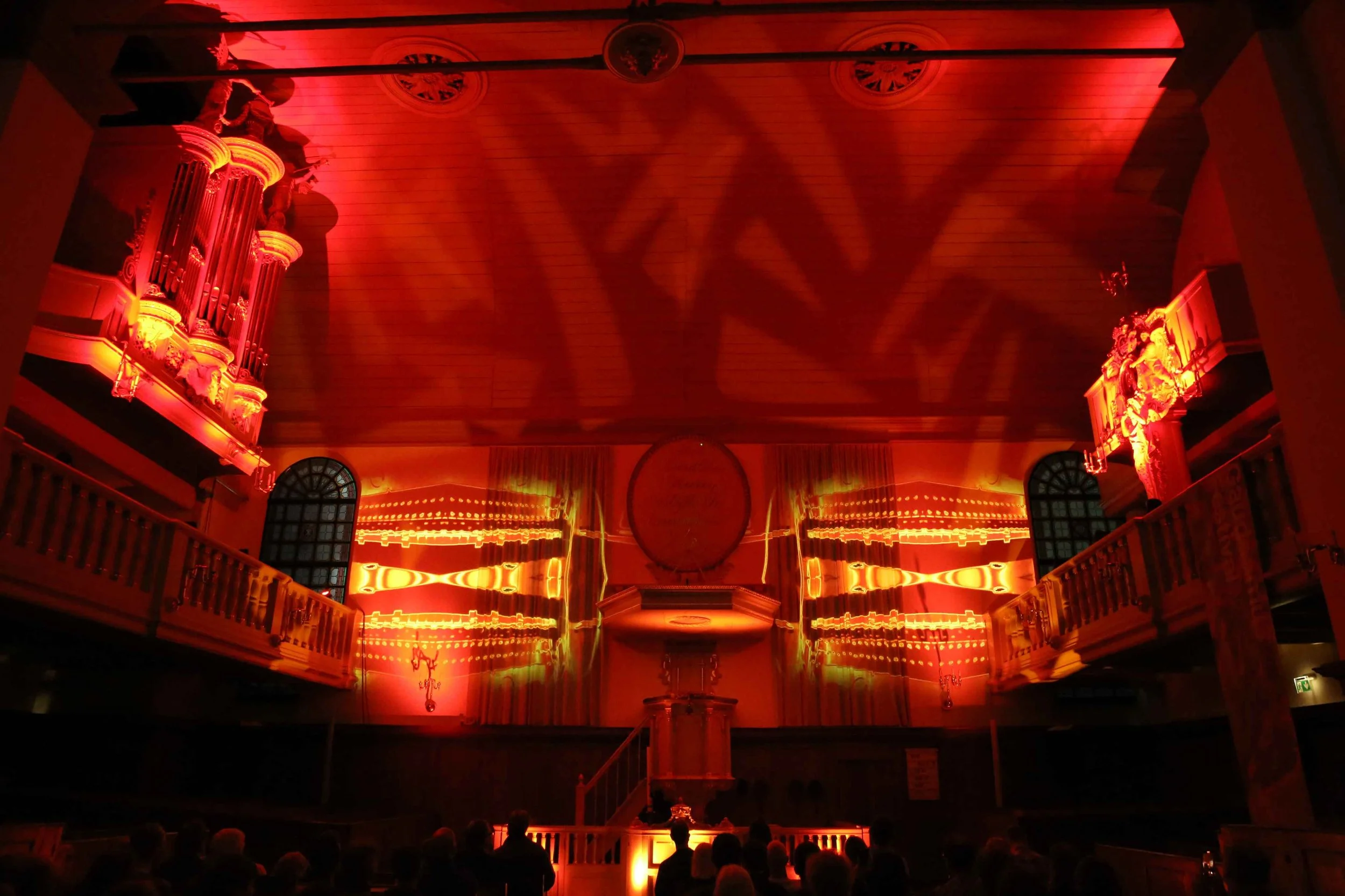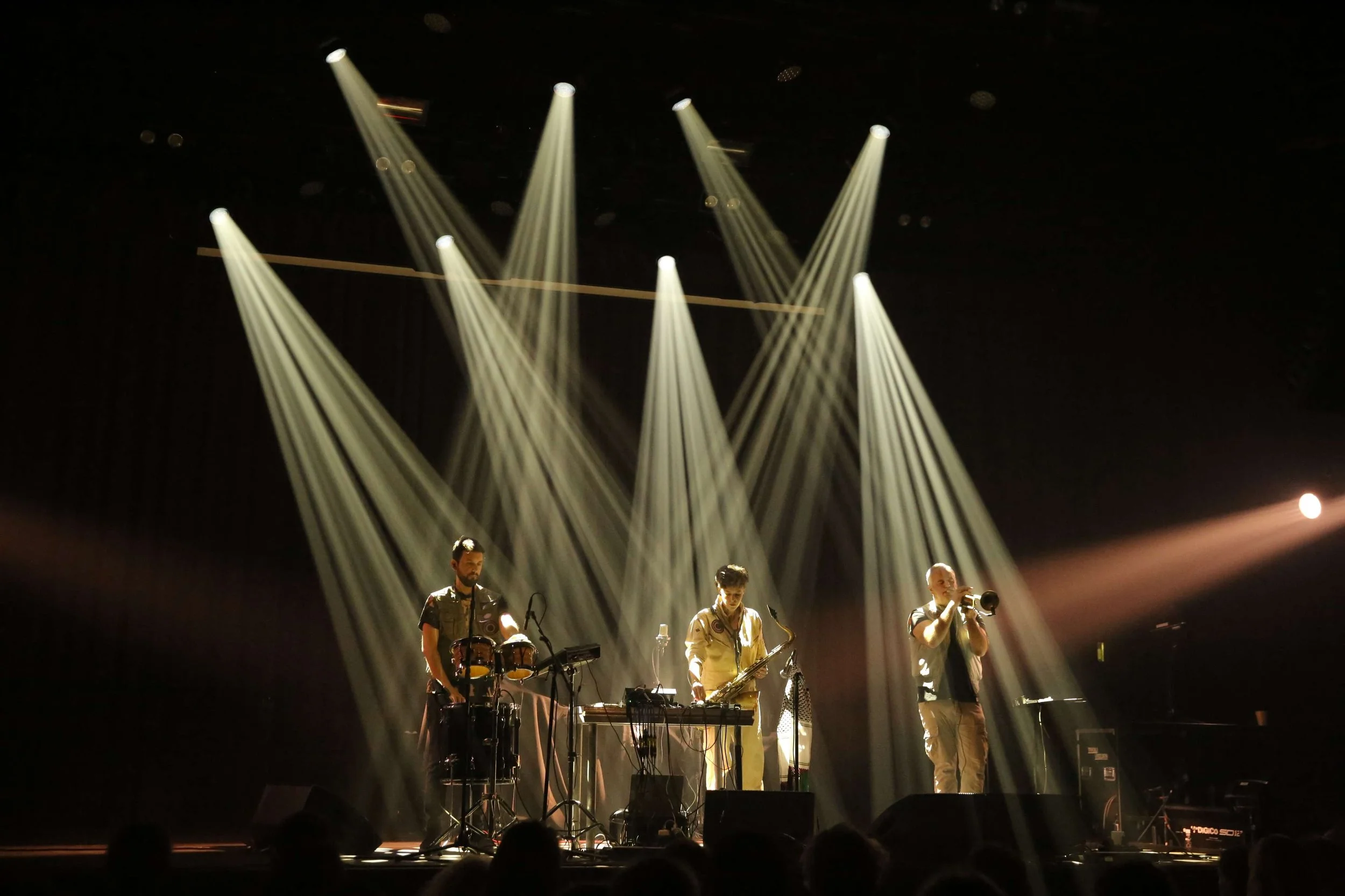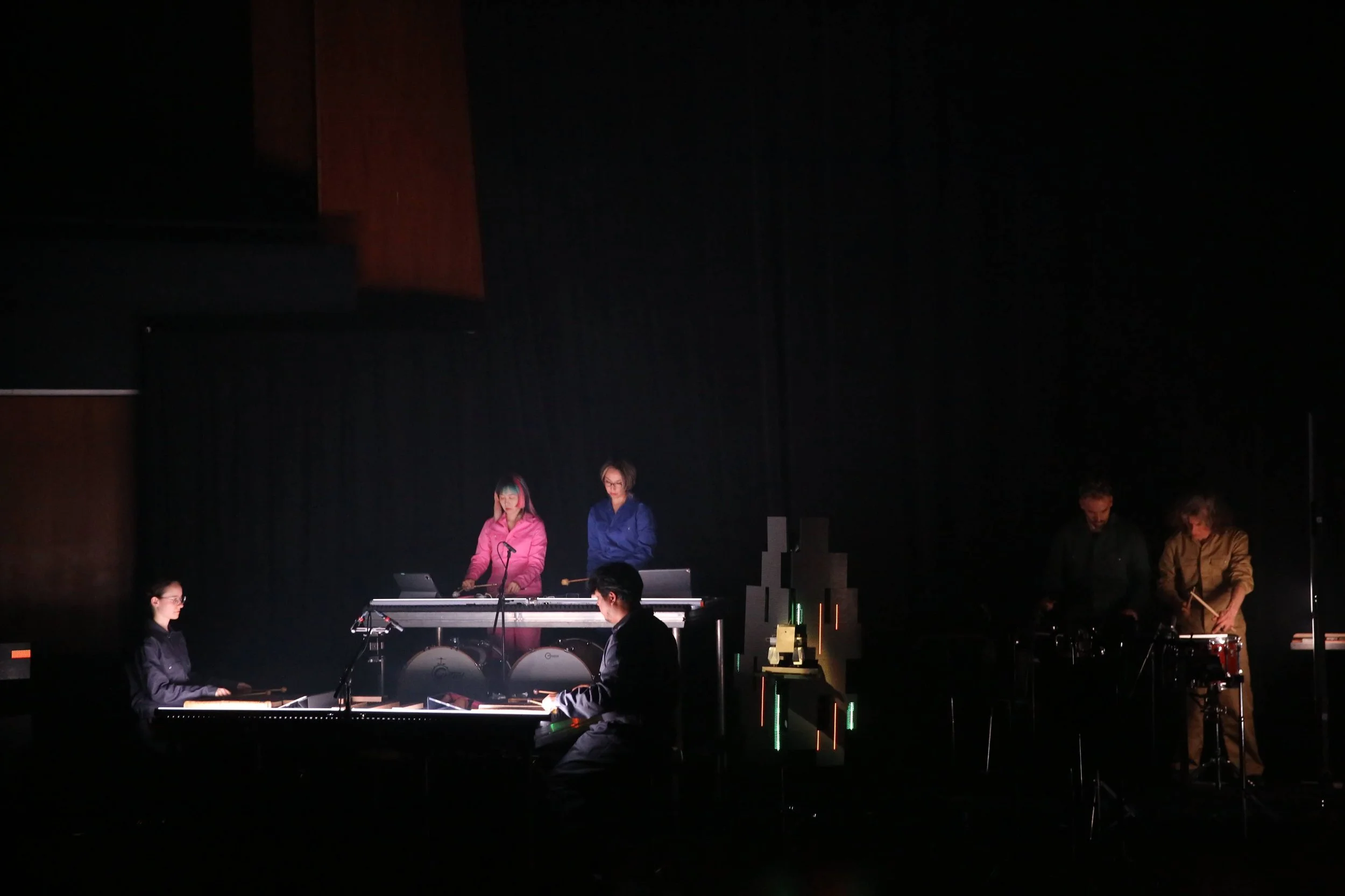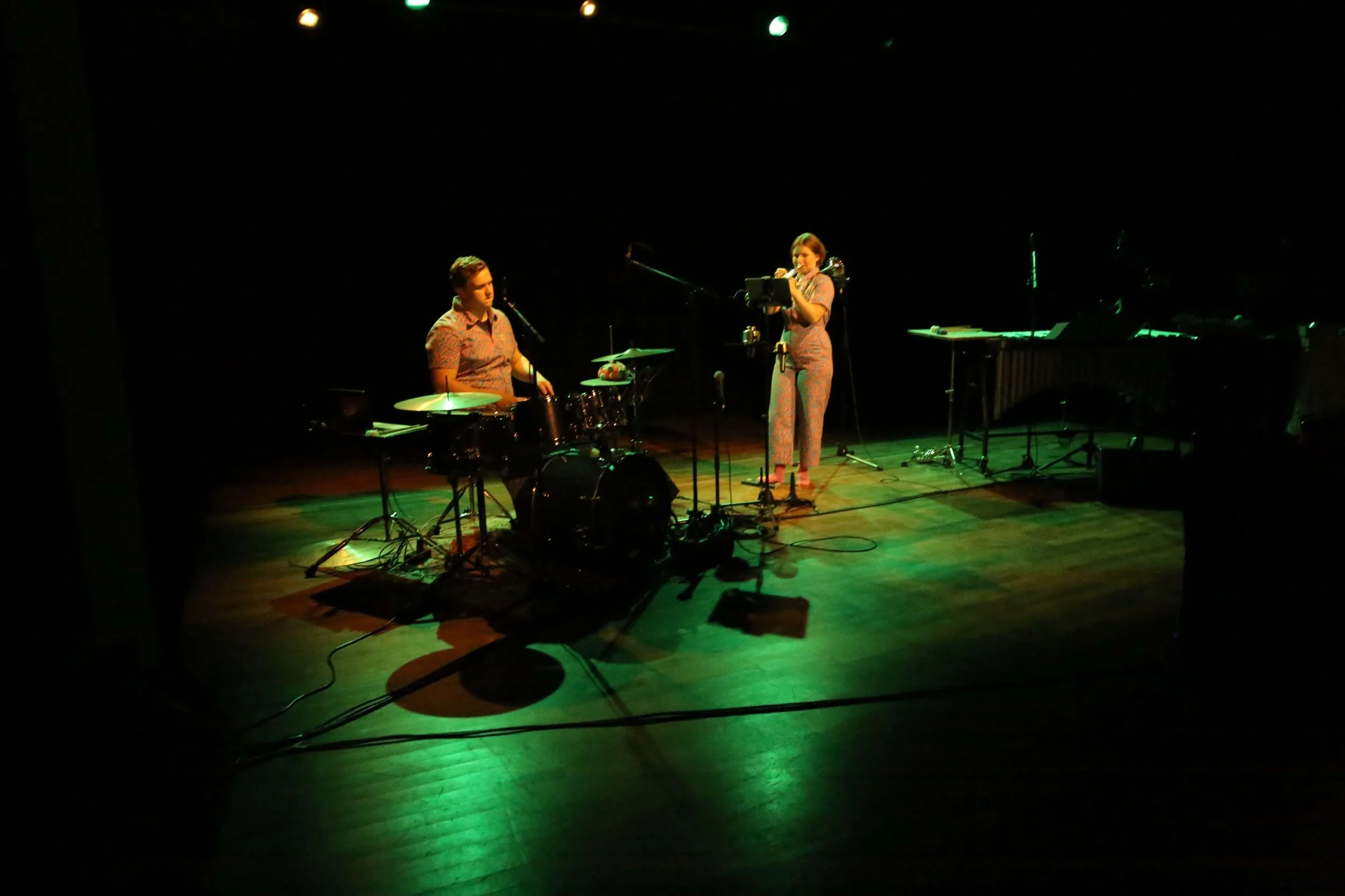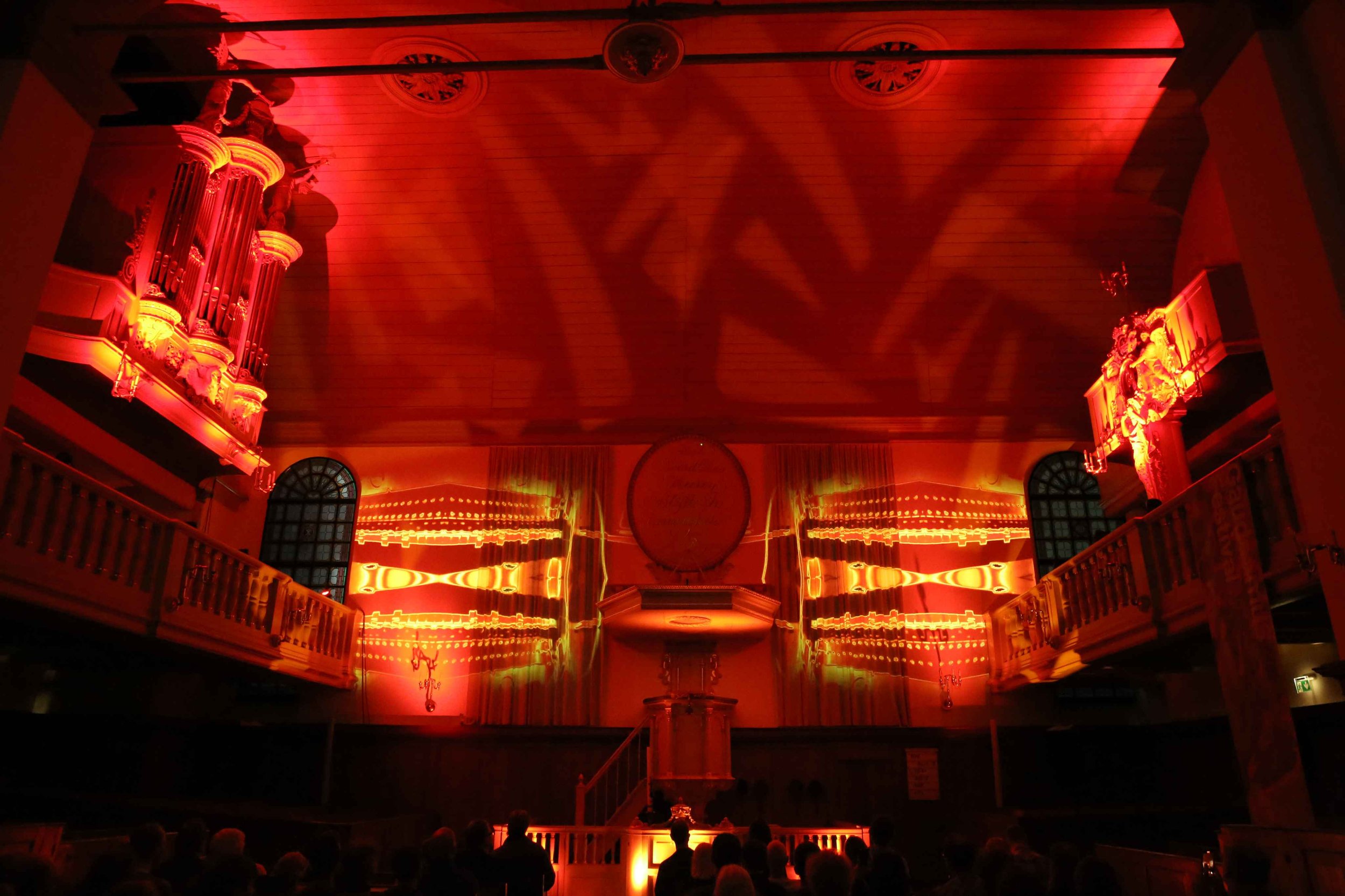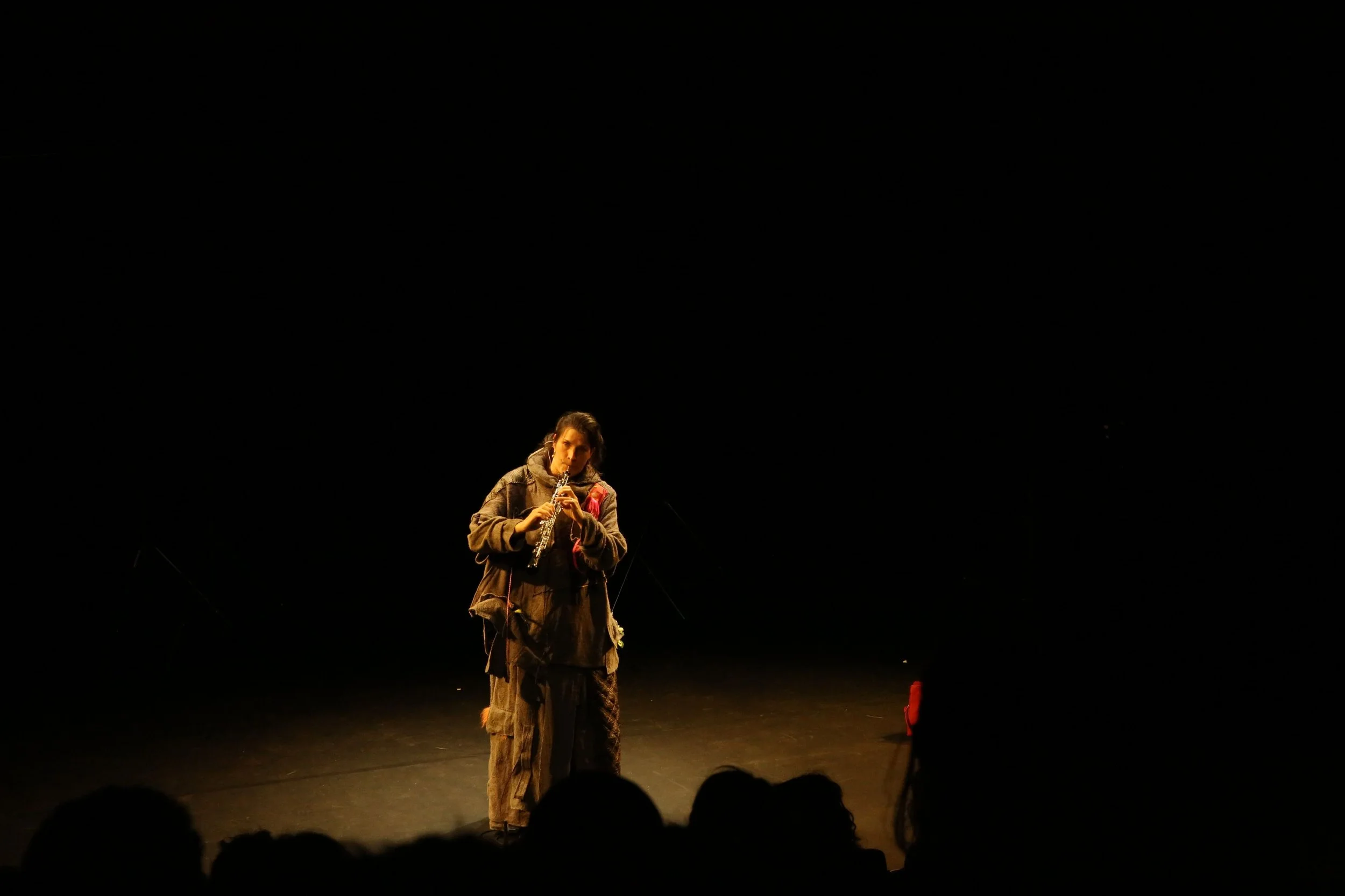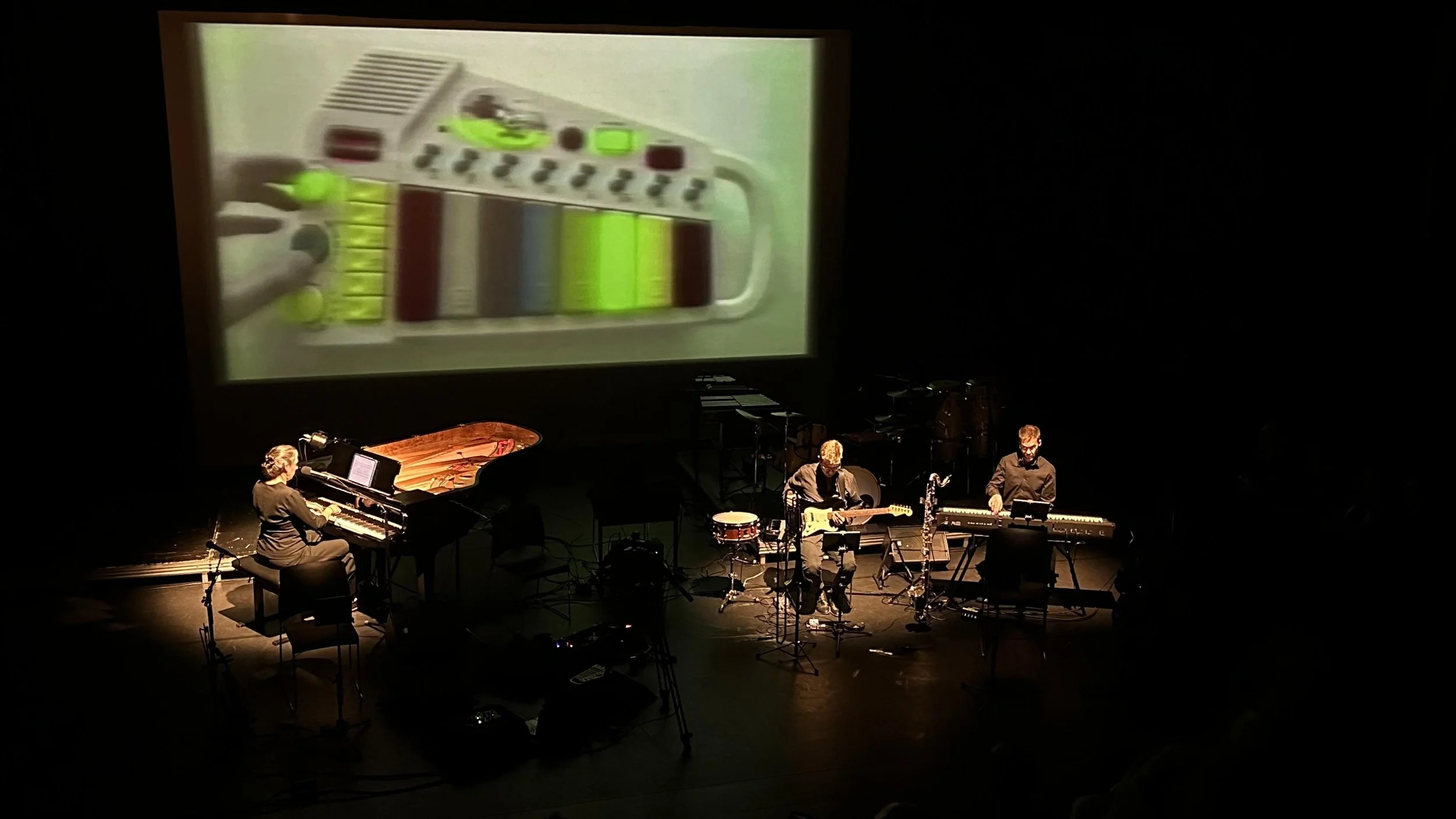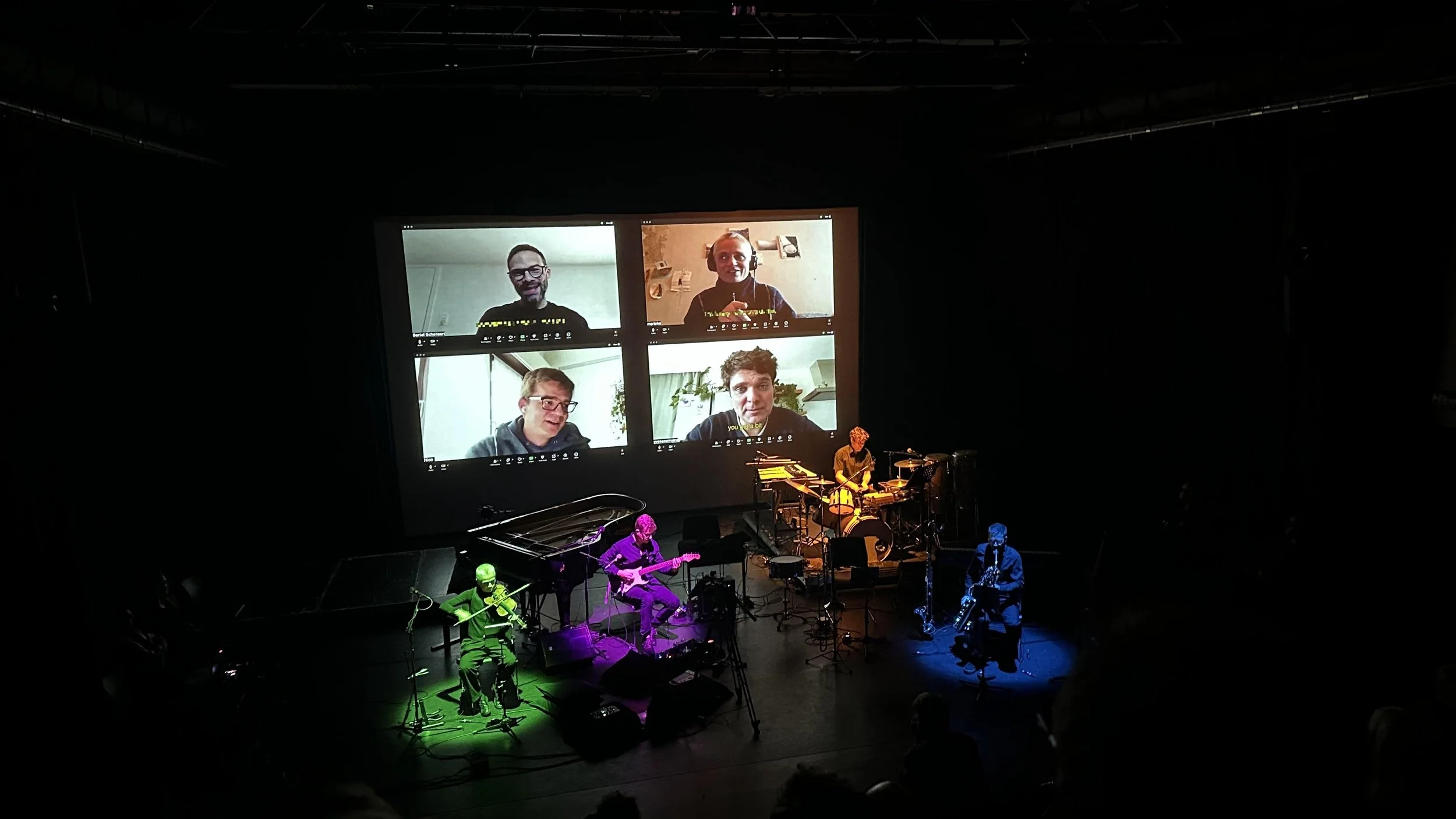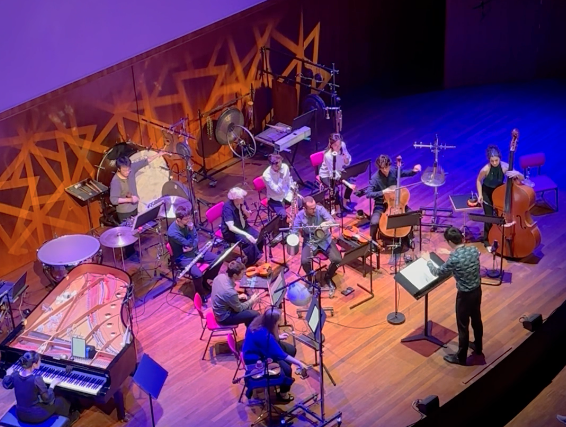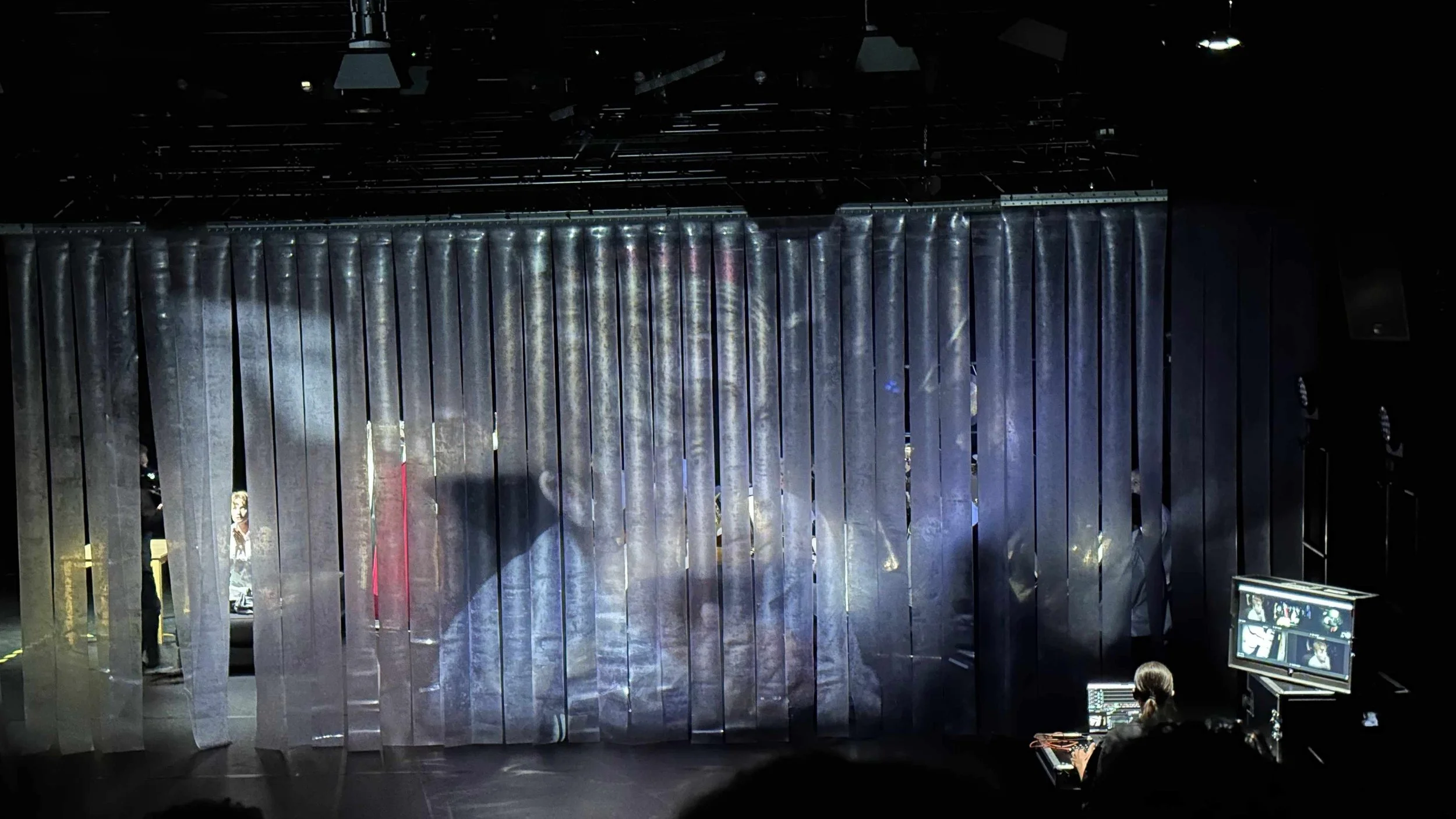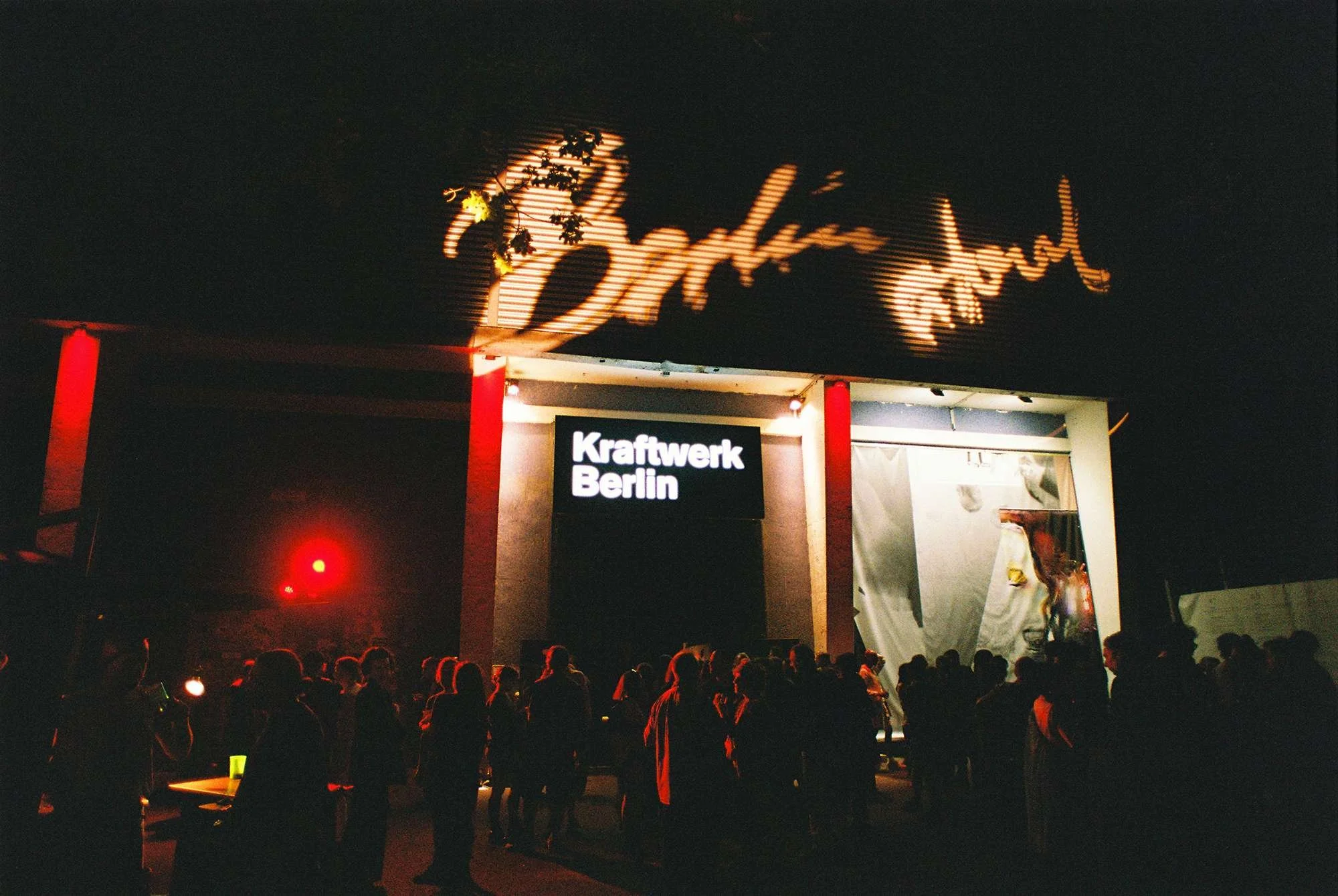Gaudeamus Festival 2025
Laura Agnusdei
Gaudeamus Festival took place in Utrecht on 10–14 September 2025, reaching its 80th edition with an expansive programme of concerts, interdisciplinary works, and critical discussions. What began as a platform for contemporary composition has grown into an international hub for experimental sound and performance. This year’s festival featured more than 45 events, ranging from chamber works to large-scale performances and electronic projects. Highlights included the Gaudeamus Award, which has introduced generations of composers to international recognition, alongside workshops and seminars that encourage dialogue across disciplines.
Central to the festival’s identity is its commitment to the new. By inviting young composers and musicians from across the world, Gaudeamus creates an environment where invention and risk are not only encouraged but expected. Utrecht becomes the canvas for this exchange, with venues across the city filled by sound, ideas, and collaboration. Eighty years of history provide depth, yet the festival looks firmly forward, shaping how contemporary music is imagined and heard today.
Laura Agnusdei
Laura Agnusdei
The exhibition of Laura Agnusdei at Gaudeamus Festival 2025 reflects her ongoing search for ways to extend musical language into spatial and collective forms. A composer and saxophonist trained in both acoustic and electronic practice, Agnusdei has developed a distinctive voice where breath, signal, and environment converge.
Her presentation transforms the exhibition space into a resonant chamber, where sound is encountered not only as melody or structure but as atmosphere, vibration, and memory. Live instruments intersect with electronic processing, producing layers that move between clarity and abstraction. Visitors are invited to navigate these shifting textures, allowing listening to become a form of participation.
Zeno Van Den Broek
Zeno Van Den Broek
At Gaudeamus Festival 2025, Zeno van den Broek constructed a performance that treated sound as a spatial phenomenon rather than a linear score. Low frequencies vibrated through the room, altering balance and perception, while high-pitched tones cut with scalpel-like clarity. The performance unfolded like an investigation into the architecture of listening itself, demanding physical and intellectual attention from the audience. Each pulse, frequency, and silence became an element in a fragile structure built within the body as much as the venue. What remained was not a narrative but an exacting study of sound as presence.
Eli Keszler
Eli Keszler
Eli Keszler approaches the drum set as an instrument of architecture rather than rhythm. His performance transforms sticks, skins, and cymbals into a network of collisions, frictions, and resonances. Patterns erupt and dissolve with mechanical precision, yet the result feels volatile, closer to sculpture in motion than conventional percussion. Keszler does not treat time as a grid but as a fragile surface, constantly fractured and rebuilt. Each gesture redraws the relationship between sound, space, and silence, leaving the listener suspended between pulse and texture, between structure and chaos, in a performance that demands attention at every instant.
Smash Duo
Smash Duo
With Smash Duo, theatre and sound become as one. Their performance begins in a world of human noises and shifting lights, playful in tone, at times ironic, always captivating in its understated humour. The duo disarms the audience with simplicity, letting everyday sounds become the pulse of the stage. This opening gives way to percussion, executed with clarity and strength, drawing the audience into a more physical dimension of sound. The contrast is sharp but intentional, turning the performance into a dialogue between fragility and force, irony and seriousness. Smash Duo brings both laughter and intensity into a single arc.
Anushka Chkheidze
Anushka Chkheidze
Anushka Chkheidze builds performances that feel like entire environments. Her ambient sound unfolds patiently, with tones that stretch across the space like currents of light. The show is not about spectacle but about immersion, a careful shaping of atmosphere where sound and illumination merge into one calm, enveloping presence. The stage becomes less a stage and more a field of resonance, where light guides perception and music suspends time.
Kanyva Van Grangelen - Perforator
Kanyva Van Grangelen - Perforator
Kanyva Van Grangelen opens Perforator with disarming honesty. She speaks directly, recounting fragments of her own past with a clarity that feels both intimate and theatrical. This first part is narrative and raw, pulling the audience into her world before any sound is made. Then the shift arrives: a performance that layers music with fabrics stretched across a three-piece structure in the background. The textiles become more than stage design; they interact with the sound, reflecting the weight of her words in physical form. Perforator is confession, composition, and constructed space held together by her singular presence.
NADAR Ensemble – Don’t Leave the Room
NADAR Ensemble
NADAR Ensemble – Don’t Leave the Room
NADAR Ensemble – Don’t Leave the Room
Nadar Ensemble turned Joseph Brodsky’s 1969 poem into a living, experimental dialogue. Paul arrived running to play piano, then music synced with a Zoom call, confronting censorship, silence, and dystopia with sound, animation, and live interaction. Alexander Khubeev’s composition gives voice to Brodsky through sign language, while Golnaz Shariatzadeh and Abbas Kiarostami’s works extend the reflection on hope, generational tension, and suppressed expression. Galina Ustvolskaya’s Piano Sonata 6 punctuates the set with forbidden intensity, reminding audiences of art’s persistence.
IEMA Frankfurt - Ensemble Modern
IEMA Frankfurt - Ensemble Modern
The International Ensemble Modern Academy shapes the future of music. Students perform as the IEMA Ensemble, working with composers and conductors while gaining real-world experience. This year’s programme features Golnaz Shariatzadeh’s MOM, Robin Haigh’s HELL HOT, a commissioned piece by Gijs van der Heijden, and a world premiere by Yuheng Chen, reflecting the Academy’s commitment to innovation and collaboration. Each performance offers insight into the next generation of contemporary music makers, positioning students at the heart of artistic development within the festival.
NADAR Ensemble
Dyane Donck Company - Orkest De Ereprijs
We experienced the power of sound like never before. Fourteen musicians from Orkest De Ereprijs played within the Dolby Atmos system, with its 64 speakers dedicated entirely to music, transforming sound into a physical, immersive presence. Atmos/Spheres II, Dyane Donck Company’s latest project, revealed new works by Boris Bezemer, Richard Ayres, and Evelien van den Broek. Listening became a moment suspended in space, where music moved around us, through us, and beyond the stage.
Het Muziek & Silbersee – Recital (for Cathy)
Het Muziek & Silbersee – Recital (for Cathy)
Het Muziek & Silbersee’s rendition of Berio’s Recital (for Cathy) is pure emotion and theater. Soprano Eleonore Lemaire immerses the audience in a mesmerizing, hallucinatory state, amplified by film projections and real-time footage, revealing the music and performance from every angle. The work, originally composed for Cathy Berberian, unfolds with quotations from Monteverdi, Schubert, and Donizetti, creating an intimate yet powerful journey through sound and presence.
The spirit of Gaudeamus Festival is unique, ironic, sophisticated, experimental, tech-driven, evocative, and liberating. For us, it offered a profoundly special and unforgettable experience.
Utrecht
10–14 September 2025
Photography and words by Donald Gjoka
What to read next

